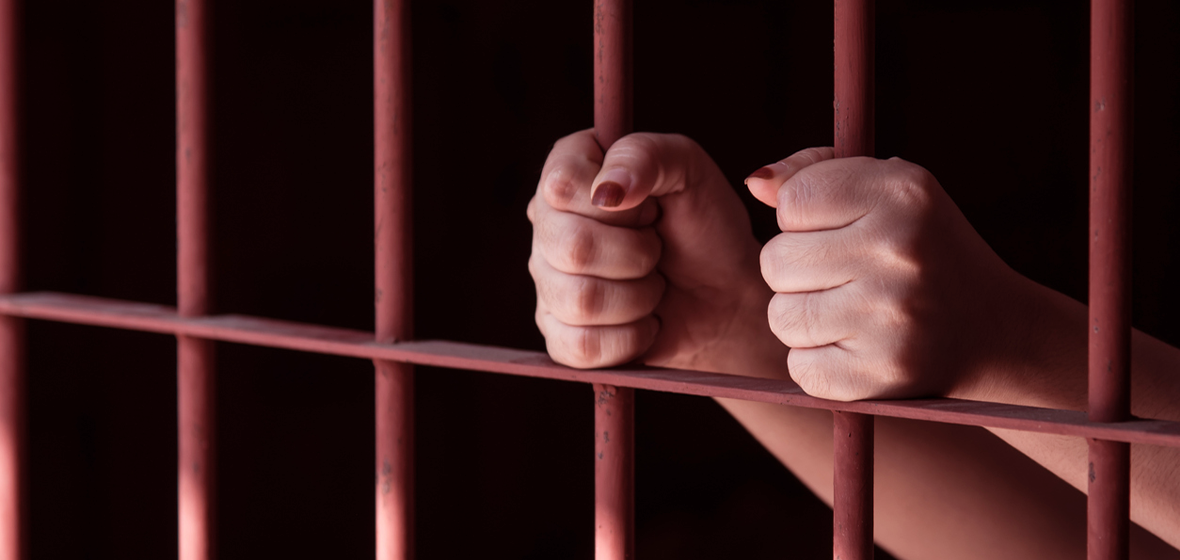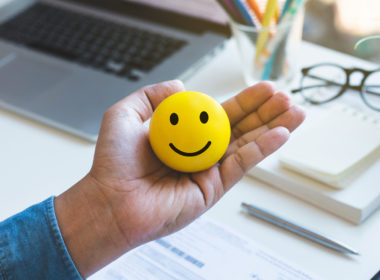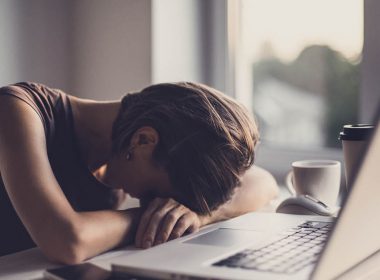The population of women in prison in Australia is growing far too quickly, and the future for these highly vulnerable women and their children looks bleak. Their only hope is a radical re-look at Australia's laws and criminal justice system.
There has been an exponential increase in the population of women in Australian prisons. And many of those who are incarcerated have experience of mental illness, domestic violence, sexual and physical abuse, substance abuse and addiction, and homelessness.
We speak to those who work within the system to find an answer to these questions: What is driving the imprisonment of women? What are the systemic problems leading to their incarceration? Why is there a lack of funding for a healthy, supported life upon release? And who is responsible for changing the way government, police and the legal system define and act upon what is defined as criminal behaviour?
What common stories unite women in Australian prisons?
In June 2022, women comprised 7 per cent of Australia’s overall prison population (3,008 women, 837 of them imprisoned in NSW). Silke Meyer, former Deputy Director of the Gender and Family Violence Prevention Centre and Associate Professor of Criminology at Monash University, revealed that female prisoners are the fastest-growing prison population in Australia. Between 2009 and 2019, Australia’s population of female prisoners increased by 64 per cent, with a disproportionate number, in terms of population, of Indigenous women and women experiencing unemployment, homelessness and mental ill health.
Meyer reported that approximately 98 per cent of incarcerated women have histories of victimisation and trauma, and close to 85 per cent have been the victims of violence. Disturbing, also, is the research that estimates between 40 and 73 per cent of female prisoners have acquired brain injuries.
Women who have been the victims of their partners’ long-term violence are regularly misidentified as the primary abuser. Domestic violence order rules subsequently require the woman (the respondent) to obey rules relating to the aggrieved. Problematically for women and their children and extended family, those women who have acted to protect themselves or their children in an attack have become secondary victims to the criminal legal system. For nearly all deaths of Indigenous women in domestic and family violence cases, the murdered woman is listed as both aggrieved and respondent in domestic violence orders.
Women who have been the victims of their partners’ long-term violence are regularly misidentified as the primary abuser.
Chay Brown is the Research and Partnerships Manager for The Equality Institute, and Postdoctoral Fellow at the Australian National University.
Brown says, “Australia-wide, Indigenous women are most likely to be convicted for acts intended to cause injury, whereas non-Indigenous women are more likely to be convicted on drug offences. Because we know women’s use of violence is most likely to be retaliatory or pre-emptive violence, we can see a link between their incarceration and their domestic family violence experience.”
She is clear on where the priorities of government and community need to be.
“First of all, we need to look at preventative measures to stop women getting into prison in the first place. We need to look at alternatives to custody for women. Women are very rarely recidivist offenders, so we should also be looking at restorative justice for women currently incarcerated. Currently 80 per cent of women in prison are mothers, so you have to consider the impact this is having on their children.”

Indigenous women in prison
One-third of Australia’s female prison population are Indigenous women. As Brown and Deirdre Howard-Wagner from the Australian National University pointed out in The Conversation in August 2021, Indigenous women in Australia are imprisoned at more than 20 times the rate of non-Indigenous women. Further, given the high proportion of Indigenous women in prison who have children, there is a prospect of intergenerational trauma, and the risk exists for children of becoming institutionalised and thinking prisons are a normal or usual environment to spend time with their mother.
Emma Hearne is a human rights lawyer and the Associate Legal Director for the National Justice Project, which she joined in 2017 after working in the criminal justice system. Hearne is an experienced criminal defence lawyer, admitted at the end of 2011, and specialising in Indigenous and vulnerable client legal matters. She has appeared in courts across multiple jurisdictions in this capacity.
Of her almost ten years of observing the situation, Hearne says, “Women and children were definitely vulnerable throughout many stages of the criminal law system. Particularly in relation to the custodial part, in terms of bail or being on remand in custody, and particularly Indigenous women and children.”
The systematic problems that enable racism and misogyny to pervade the justice system are complex, Hearne concedes.

Hearne points to the rise in social media sharing of videos bearing witness to police intimidation or violence as a measure for increased transparency. It shouldn’t be necessary, but, Hearne says, our current system of “police investigating police behaviour is ludicrous.”
“What’s really great is that the general public know their rights to be able to film. NJP has a [free] app called Cop Watch that enables people to record incidents, which they have a right to do, and to hold police accountable.”
“Day to day, it’s obviously the criminal justice system [that is responsible for addressing systemic problems], but judges, magistrates and lawyers are confined and hamstrung with what the laws are and either implementing or interpreting those laws. So, in that respect, it’s actually the government that are ultimately responsible because they create the laws and have the ability to change the laws. The government could call on their extensive resources to consult and create bills, have inquiries and hear submissions from the legal industry to see what changes to laws are suggested.”
#FREEHER and the campaign for change
Debbie Kilroy OAM is the first Australian woman to qualify as a criminal lawyer after serving time in prison. After a childhood spent in and out of youth prisons, she was imprisoned for drug trafficking in 1989 for six years. During that time, she was stabbed in an incident in which her best friend was murdered. Following her release in 1992, she established Sisters Inside to advocate for the rights of women and girls in prison.
On 13 December 2007 Kilroy was admitted to the legal profession by the Supreme Court of Queensland. While incarcerated, she had undertaken a social work degree, then enrolled in her law degree as a mature-age student.
Kilroy predominantly engages in criminal defence work. She also engages in child protection and coronial inquests, mental health tribunals, work to prevent or cease the use of ECT, and representation of and advocacy for very vulnerable women.
“There’s not one alternative [to prison],” she says. “The existing institutions have fundamentally failed us all. It’s about using processes of transformative justice within communities. Communities have their own solutions to these issues, but they’re not funded. Cops are funded to come into communities and arrest more people.”
Kilroy cites her own organisation’s programs as an example of a community-driven, holistic alternative to holding children and women in confinement.
“Sisters Inside has a statewide youth program for girls who end up criminalised in watchouses ((buildings attached to police stations where people are held under temporary arrest when suspected of a crime). We support girls to come out of the watchhouse on bail, to come back into community and do cultural healing programs. Most of the girls who go through that don’t go back into the youth prison system. It’s about building long-term relationships, especially with children who don’t have that. Most of the children [in youth prisons] are in state care, then they’re pipelined into the Child Protection System, which I call the ‘family policing system’. Then these marginalised children get criminalised when they are no longer wanted by foster families and they lash out because they’re upset.”
Kilroy conducts her own work within the same building that houses Sisters Inside. She rises at 4am to get through her emails, and to assess her daily work schedule, which may require her to allocate time to court.
“What I’ve noticed more is that there are so many more women being criminalised who have serious mental health issues. The Australian Institute of Health and Welfare’s (AIHW) figures for 2021 indicate that 65 per cent of women report a history of mental health issues.
Prison has become default response for the government’s social issues, because both political parties have eviscerated social services over decades. All the money goes to cops, courts, prisons and family policing.”

Sisters Inside have an office in Meanjin and one in North Queensland.
“In Meanjin,”, Kilroy says, “we have staff in the Roma Street watchhouse [recently the subject of police racism allegations] every day to support all the women who have been arrested overnight. We see every one of those women, then we have a system in place to assist them with whatever is required: we find and secure them accommodation; go to court with the woman and work with the prosecutor, the defence lawyer, and the magistrate to get them bailed. We don’t want any woman in jail.”
“We support the woman to come out, then we support her to comply with bail conditions to prevent her being put into prison. If she does go to prison, we have a Supreme Court bail program where I’ll appear in the Supreme Court for a bail application and we’ll have secured accommodation, rehab, a mental health facility, whatever is required, and we’ll pay for that while she’s on Supreme Court bail. We’ve had a 100 per cent success rate with that program. So successful, that the funding stopped at the end of September because the government says it’s too successful.”
Two programs weren’t extended – the Supreme Court bail (which costs about $500,000 annually for four lawyers and admin) and the re-entry program (also $500,000, to enable staff to be in prison every day, making plans to get women out on bail, or to have access to their children).
The loss of funding also means Kilroy is attending the Supreme Court hearings on a voluntary basis.
“We lobbied and negotiated with corrective services to continue the program without funding, so we’re now going ahead without funding,” she says.
Definitely not the right place for traumatised women
Brown and Kilroy spoke at length about the need for trauma-informed responses, community-driven programs of prevention, and the necessity for community, state and territory organisations to develop better communication, to ensure that information, resources and knowledge are shared. An AIHW report reveals that in 2020 most women in prisons smoked and had recently used illicit drugs, and two-thirds had been diagnosed with a mental illness.
Unless the government dedicates funding and resources to mental health, substance abuse, housing and violence prevention within communities, the rate of women being incarcerated will likely only continue to surge.




